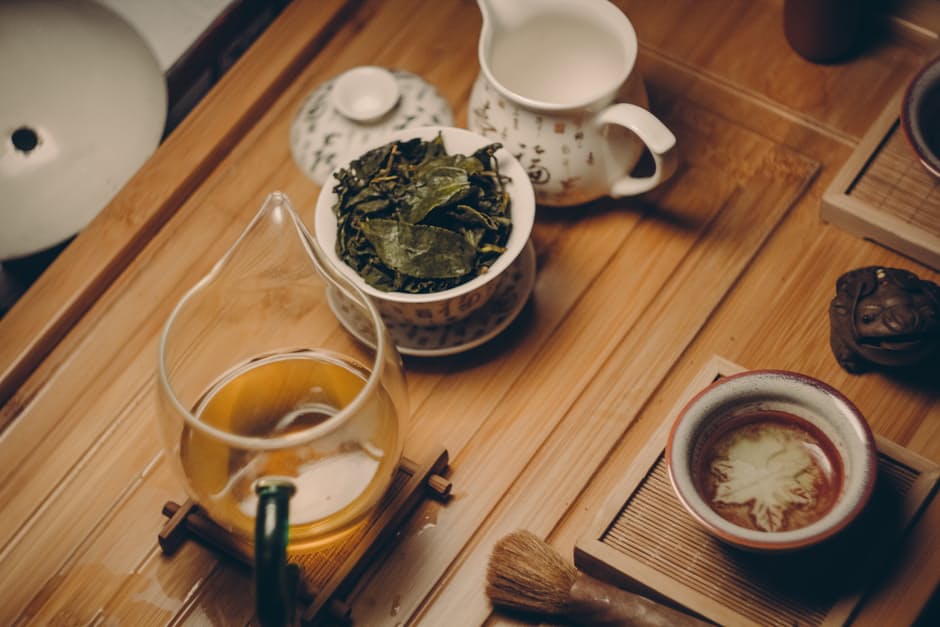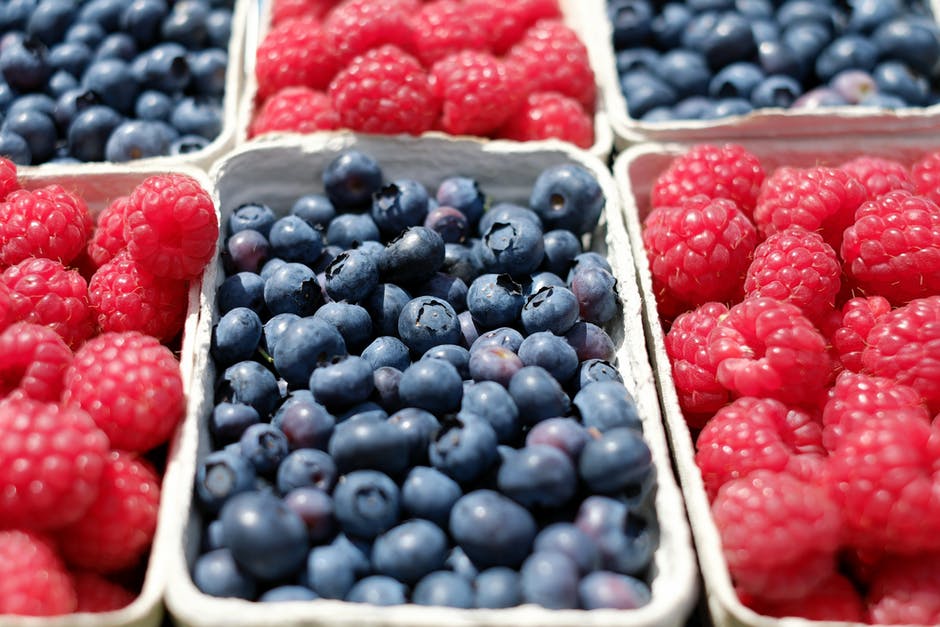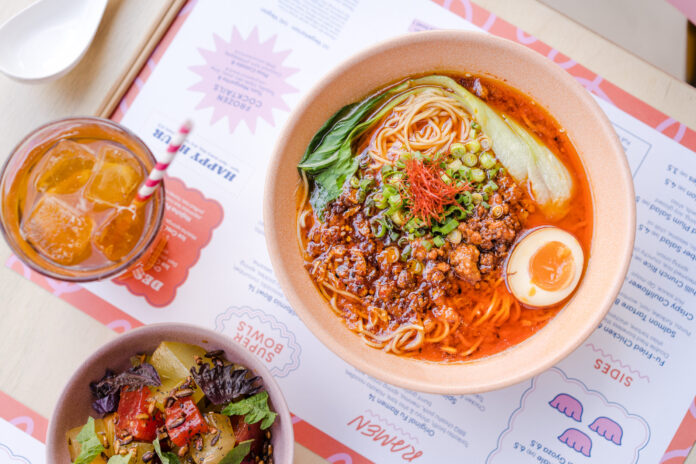We’ve asked nutritionist Cassandra Barns to give use the lowdown on how pollution messes with our skin. She also reveals 5 foods (including chocolate) that help pollution proof our skin
Pollution and skin ageing
Our skin is an expression of our health and our environment. When we’re tired or unwell, it can look grey or dull. And when we’re exposed to lots of toxins and free radicals – and don’t have enough antioxidants to ‘mop them up’ – one of the results can be faster skin ageing.
So what are the sources of these skin-damaging toxins and free radicals? Smoking is one of the major culprits, of course. But another key factor is pollution – the chemicals that we’re all exposed to every day, in the air we breathe, the substances that come into contact with our skin, and even in our food and water.
What are free radicals?
Rust is an example of free radical damage that happens in our external environment. In the body, when there is an excessive amount of free radicals around, this can damage to cells and proteins that make up the body’s tissues – including our skin.
What are antioxidants, and what can they do to help?
Generally speaking, antioxidants are substances that react with those free radicals, stopping the chain of damage that can occur. Vitamins C and E in our foods have this direct antioxidant activity.
There are unique substances found in plant foods that are said to have antioxidant activity. Particularly important are the polyphenols. There are many individual types of polyphenols, from anthocyanins that give brilliant red, purple and blue colours to fruit and vegetables, to flavonols found green tea and cocoa.
All of these antioxidant substances together work towards protecting our cells and tissues – including our skin – against the damaging effects of free radicals and pollution.
How do I get enough antioxidants?
So one of the primary ways to support our body’s antioxidant defence system is to consume plenty of plant foods – especially vegetables and fruit. As well as providing vitamin C, they are literally brimming with those all-important polyphenols, as well as other types of antioxidants.
Here are some of the top antioxidant-rich foods that can help fight free radicals. Some might surprise you.
Green tea
Green tea contains catechins, which have demonstrated pretty impressive abilities to fight free radicals. A specific catechin called EGCG (epigallocatechin gallate) is thought to have the most potent protective activity.
To get the most out of your green tea, go for matcha. Matcha tea is a high-quality powdered green tea used in Japanese and Chinese tea ceremonies. It’s made from only the fresh leaf tips of the tea plant, which are shaded from the sun to increase the chlorophyll and nutrient content. A study carried out at the University of Colorado found that the content of the EGCG in a cup of matcha can be over 100 times greater than that found in a standard green tea.
Purple, blue or dark red fruits and vegetables
Berries are among the big hitters here, including blackberries, blueberries, raspberries, blackcurrants, redcurrants, and so on. Their colours indicate the presence of anthocyanin antioxidants – ‘cyan’ in the word anthocyanin means ‘red’. Then think of cherries, plums, red cabbage and purple carrots – all of these also provide anthocyanins.
Beetroots have a fantastic purple-red colour too. They are also high in antioxidants but primarily a different type, called betalains.
Orange and yellow vegetables and fruits
Think carrots, sweet potatoes, butternut squash, pumpkin, peaches, apricots and papaya. All of these are rich in carotenoids, another type of antioxidant. In fact, the carotenoids may be particularly protective against sun damage to the skin (although, of course, eating orange veg is not a replacement for topical sun protection). Green vegetables also contain carotenoids, as well as a wealth of other nutrients.
One important thing to note about carotenoids is that they’re fat-soluble. That means they will only be absorbed efficiently when you consume them with fat. So roasting your carrots or sweet potato in coconut oil, or tossing your greens with butter or ghee after steaming is ideal.
Spices – especially turmeric
Spices and herbs have perhaps the highest antioxidant activity of any foods. However, their impact tends to be lower because we only eat a very small amount of them compared to vegetables and fruits. Some of the best examples include cinnamon, cloves, star anise, oregano, rosemary, basil, thyme and parsley.
But turmeric in particular stands out, thanks to its content of curcuminoids – pigments which give this super-spice its bright yellow-orange colour. Curcuminoids have shown particularly strong antioxidant activity. Curcumin, the most widely studied curcuminoid, may even directly reduce skin aging – including preventing moisture loss and protecting against wrinkles [3]. You can get your daily dose of turmeric by including it in home-made curries and other Asian-inspired dishes – but make sure to buy a top-quality organic turmeric powder or fresh root if you want to reap the full antioxidant benefits.
Dark chocolate
Although chocolate in general gets a bad rap, this is mainly because the average chocolate bar is high in sugar and contains only a small amount of cocoa. The cocoa bean itself (called cacao in its raw form) is actually a good source of nutrients and is rich in antioxidant flavonols. In fact, in a study published in 2010, cocoa and dark chocolate came in the top ten of a list of the 100 richest dietary sources of polyphenols!
So the higher the percentage of cocoa in your chocolate bar, the more flavonols you’re going to get – ideally go for 85% and upwards, although 70% can still be beneficial. And for the ultimate antioxidant boost, go for organic, raw chocolate, which is becoming increasingly popular as we’re clocking onto all of its potential health benefits.
Why choose organic?
There are two primary reasons to go organic when buying your antioxidant-rich foods.
Firstly, non-organic food production uses many more pesticides, fungicides and artificial fertilisers. These are chemicals that may be harmful for our health with long-term exposure, and are among those very substances (pollutants) that may have skin-damaging effects.
Secondly, organic foods may have a higher antioxidant content too. A team of experts led by Newcastle University has shown that organic crops are up to 60% higher in a number of key antioxidants than conventionally-grown ones. The study, published in the prestigious British Journal of Nutrition, also found that there were significantly lower levels of pesticide residues and toxic heavy metals in organic crops [5].
This is a great indication that choosing foods produced to organic standards are better for our skin and overall health.









